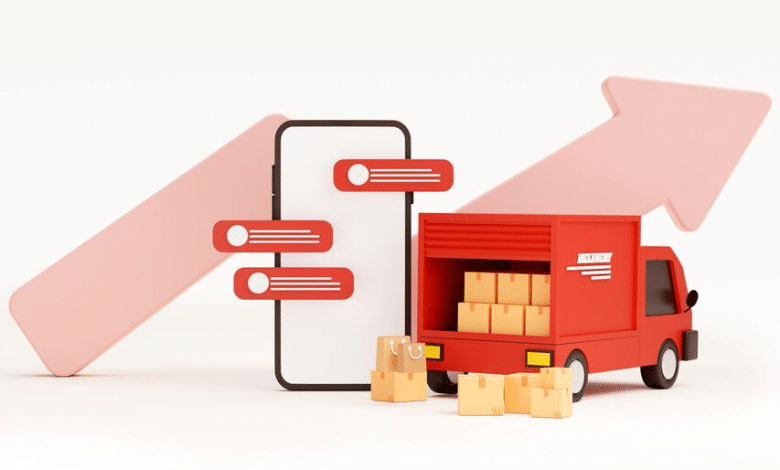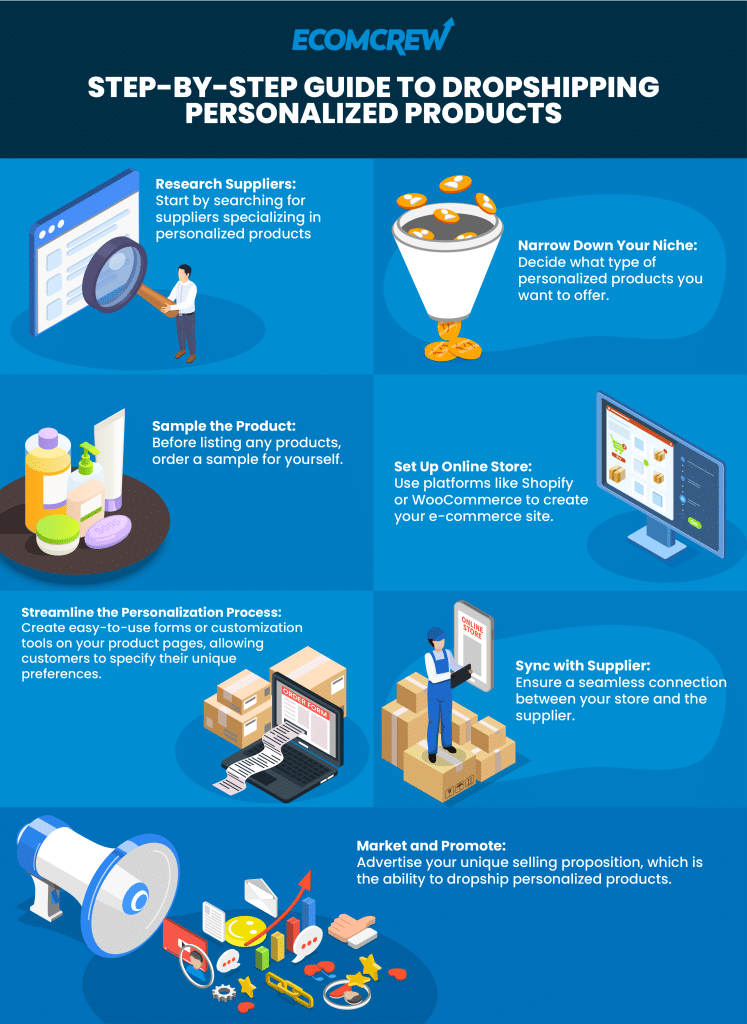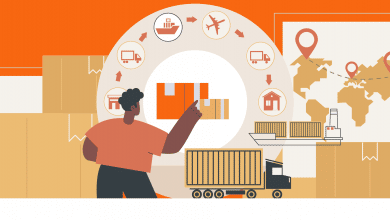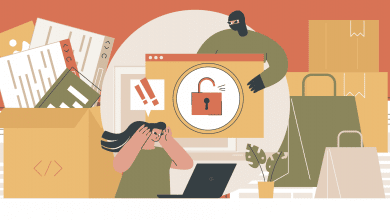How to Dropship Personalized Products

Drop shipping has become one of the most popular ecommerce business models due to the fact you don't need to have money (and often lots of it) stored in inventory. But with this popularity has come a lot of competition with some people questioning whether it's even a viable business model. However, there's one surefire way to get around this competition and that's by drop shipping personalized products. In this article we'll review what types of personalized products you can drop ship and how to do it.
What Does It Mean to Dropship Personalized Products?
To dropship personalized products means to step beyond the boundaries of standard e-commerce offerings.
Rather than selling generic, one-size-fits-all products, sellers focus on items that can be tailored to individual customer desires.
A classic example is a personalized t-shirt but personalized products can have any specific functional tweaks that make the product distinctly “theirs.”
Related Reading: How to Start a Dropshipping Business with No Money in 5 Steps
Here's the process simplified:
- Customer Choice: A customer visits your online store and chooses a product they wish to personalize. They might opt for a specific design, color, size, or even provide a personal text or image.
- Order Forwarding: Once the customer places an order, their specific preferences are forwarded to your supplier. This includes all the details needed to customize the product to the customer's specifications.
- Product Customization: Instead of retrieving a pre-made item from a shelf, the supplier creates or modifies the product based on the customer's input. This ensures every piece is unique and caters directly to the individual who ordered it.
- Direct Shipping: Holding no inventory yourself, the product is then shipped directly from the supplier or manufacturer to the customer's doorstep.
- Customer Delight: The end result? A delighted customer who receives a product tailor-made for them.
This model allows online entrepreneurs to offer a diverse range of unique products without the logistical nightmares of stocking individual variants.
It essentially marries the convenience of dropshipping with the allure of personalization.
Related Podcast: E286 – How to Start a Dropshipping Business From Scratch
Benefits of Dropshipping Personalized Products
Dropshipping personalized products has its own set of advantages that differentiate it from the traditional dropshipping model.
There's three main benefits to drop shipping personalized products:
- Competition is minimal. The vast majority of drop shippers stick to traditional, off-the-shelf products
- Better customer loyalty and higher AOV. Personalized items are typically more expensive than non-personalized items. Offering customization also builds a higher degree of trust and loyalty with customers.
- All the other benefits of drop shipping.
Step-by-Step Guide To Drop Shipping Personalized Products
We won't go into the minute details of how to actually start a drop shipping business. For that, check out our article on how to start a drop shipping business and check out our infographic below. Instead, we'll focus on giving you some great product ideas for drop shipping personalized products.
Best Dropshipping Personalized Products
Choosing the right product is at the heart of any successful dropshipping business. In the personalized space, some items naturally lend themselves more to customization than others.
Here are seven popular categories for personalized products that are proven sellers:
1. Customized Jewelry
From name necklaces to birthstone rings, jewelry is an excellent choice for personalization. People love unique, meaningful trinkets that reflect their identity or hold special memories. The personal touch elevates the emotional value of the item, often turning it into a keepsake.
2. Personalized Clothing
Who wouldn't want to rock a t-shirt, cap, or hoodie with a unique print?
Personalized clothing allows your customers to express themselves through fashion. Whether it’s a quirky slogan, an intricate design, or even their name, the options are endless.
Related Reading: How to Find a Product to Sell on Amazon 2023
3. Monogrammed Home Decor
Home is where the heart is, and monogrammed or personalized home decor items like cushions, blankets, or wall art can make it even cozier. Such items add a warm, personal touch to any living space.
4. Custom Tech Accessories
In our tech-driven world, gadgets are our constant companions. Customized tech accessories like phone cases or laptop sleeves with personalized designs can make these everyday items feel special.
5. Tailored Skincare or Beauty Boxes
Imagine receiving a beauty box curated just for you! Products can be chosen based on skin type, color preferences, or even fragrance likes and dislikes. The personalization here goes beyond the packaging, extending to the product selection itself.
6. Customized Stationery
In an age of digital communication, the charm of handwritten notes remains unmatched. Personalized notebooks, pens, or planners offer a unique, tactile experience.
Stationery is a staple need but also offers a canvas for personal expression. Whether it’s for students or professionals, a customized stationery set can make work feel more enjoyable.
7. Engraved Kitchenware
The kitchen is another area where personalization is becoming increasingly popular. Think of engraved wine glasses for the couple celebrating their anniversary or a personalized cutting board as a housewarming gift.
Kitchen items are not only utilitarian but are also often displayed, making them a perfect candidate for personalization.
Top 5 Mistakes to Avoid When Dropshipping Personalized Products
Starting a dropshipping business specializing in personalized products is an exciting venture, but like any other business, it comes with its own set of challenges.
To help you avoid common pitfalls, here are the top 5 mistakes people often make in this space and how you can steer clear of them:
1. Not Vetting Suppliers Properly
The entire foundation of a dropshipping business relies on your supplier's ability to deliver quality products on time. When dealing with personalized items, this becomes even more crucial.
Always ensure that your supplier has a proven track record in producing high-quality, customized products.
How to avoid: Do your due diligence. Ask for samples, read reviews, and if possible, visit their production facilities.
Also, establish a clear line of communication to discuss any potential issues proactively.
Related Reading: Dealing with Problems with Your Supplier
2. Complicated Customization Process
One of the major turn-offs for online shoppers is a complex or unclear customization process. If it's too hard to figure out how to personalize an item, chances are customers will abandon their carts.
How to avoid: Create an intuitive, user-friendly interface for customization. Offer guidelines, FAQs, or even a short tutorial video to guide customers through the process.
The aim is to make customization fun and easy, not a hurdle.
3. Overpromising
In the world of personalized products, manufacturing time can vary based on the complexity of customization. Overpromising on delivery dates can lead to disappointed customers and negative reviews.
How to avoid: Always have a clear understanding of your supplier's production timelines. Add a buffer for any unexpected delays and communicate this clearly to your customers. Transparency is key.
4. Not Reviewing Personalization Details
Mistakes in customization details can be costly. Not only do they result in wasted products, but they also tarnish your brand's reputation. Always double-check the customization details before sending them to your supplier.
How to avoid: Implement a verification step for customers to review and confirm their customization details before finalizing the order. Also, consider using automated systems that send these details directly to the supplier, reducing the chance of manual errors.
5. Ignoring Customer Feedback
Customer feedback is your direct line to understanding what you're doing right and where you need to improve. Ignoring it can result in missed opportunities for product enhancement and better customer service.
How to avoid: Encourage and monitor customer reviews and feedback. Use this data to refine your product offerings and address any recurring issues.
Wrapping Up
Dropshipping personalized products is a fantastic way to carve out your own niche in the eCommerce landscape. From selecting the right supplier to the intricacies of customer interaction, each step has its significance and challenges.
Use this guide to skillfully navigate the complexities and challenges that come with dropshipping personalized products. With careful planning and a focus on quality and customer satisfaction, these challenges are not insurmountable. Happy selling!




